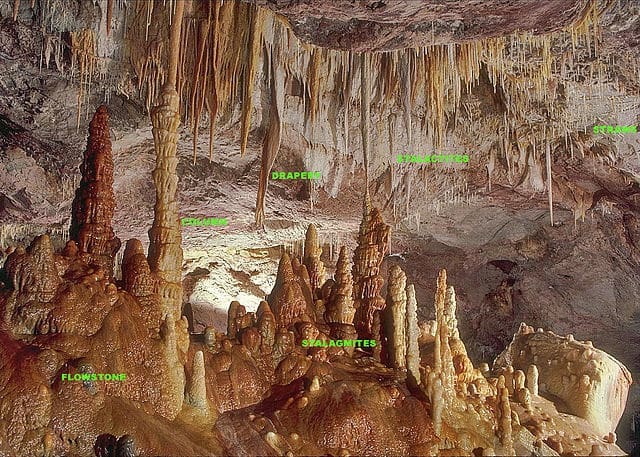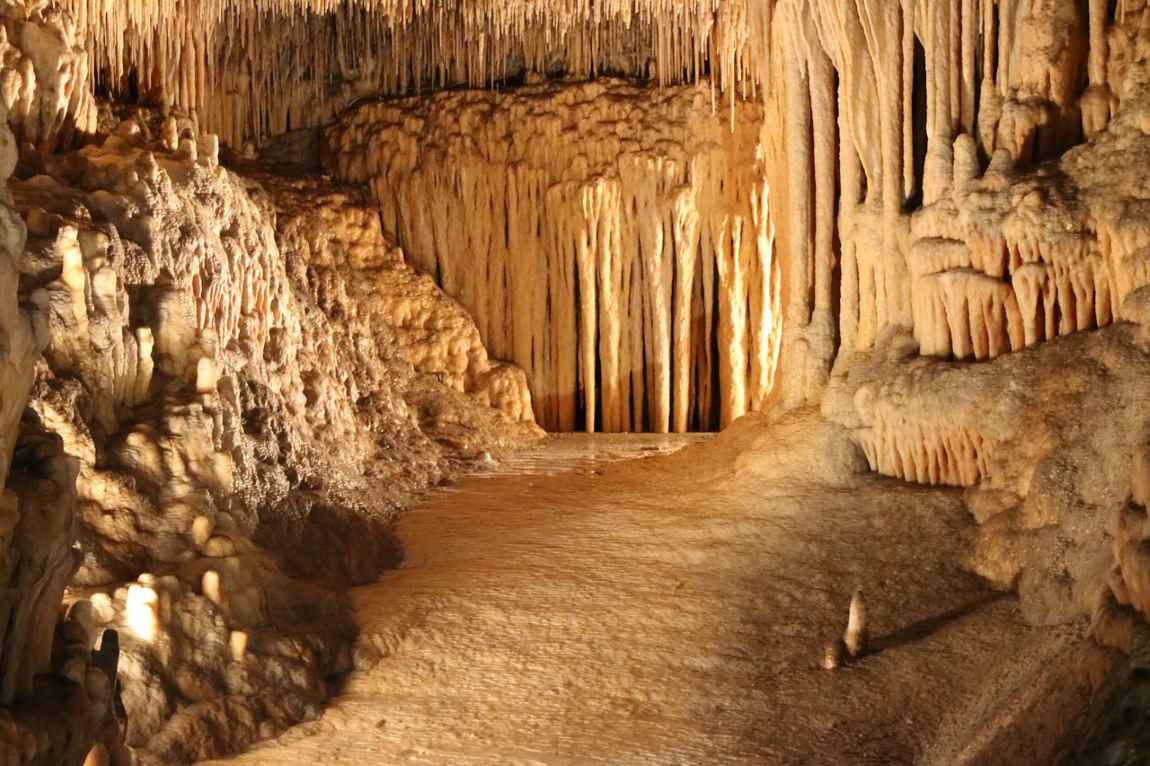A recent study reveals that our understanding of historical climate patterns, particularly in Southeast Asia, may have been more complicated than once thought, especially when it comes to cave formations known as speleothems.
Researchers from various institutions, including the University of California (USA), MIT (USA), Northumbria University (UK), Vietnam National University, and Potsdam Institute for Climate Impact Research (Germany), have uncovered new findings that could reshape how we interpret past climate changes and improve the accuracy of future climate predictions.
The focus of their work is on oxygen isotopes found in stalagmites and the role they play in recording climate data. The findings of the study have been published in Nature Communications.
Speleothems – secondary mineral deposits formed in caves – have long been used as valuable archives for studying past climate conditions. These formations, composed mostly of calcite, store information about the environment in which they grow, primarily through the isotopic composition of their layers.

One such key isotope, oxygen-18 (δ18O), is widely used to infer changes in precipitation patterns and temperature over time. However, the research team has demonstrated that local hydroclimate processes, particularly prior calcite precipitation (PCP), can significantly distort these isotopic records, leading to potential misinterpretations of past climate data.
The study focused on a stalagmite from Hoa Huong Cave in central Vietnam, an area where two major monsoon systems – the southwest and northeast monsoons – control rainfall. By analyzing oxygen isotopes in the stalagmite’s layers, scientists aimed to reconstruct rainfall patterns over a period spanning 45,000 to 4,000 years ago. However, the research showed that without considering PCP, these isotopic records could give a misleading picture of past climates.
PCP occurs when water infiltrating a cave loses some of its dissolved calcite before reaching the stalagmite, enriching the remaining water with heavier isotopes like oxygen-18.
As a result, the speleothem that forms from this water will record a δ18O value that may reflect local cave processes rather than broader climate patterns. This skewing can lead scientists to overestimate the impact of certain climate factors, such as rainfall amounts or temperature fluctuations.
To address this, the team applied a correction method to remove the PCP effect from the isotopic data. This correction improved the agreement between the stalagmite’s δ18O record and other regional climate data, making the stalagmite a more accurate indicator of past precipitation patterns.
Implications for understanding climate change
The study has significant implications for climate science. For years, speleothem isotopic records have been used to study climate variability, including changes in monsoon strength and shifts in global temperature patterns. However, if the local processes that affect these isotopic records are not properly accounted for, it could lead to inaccurate reconstructions of past climates.
In regions like central Vietnam, where monsoon systems dominate the climate, accurate climate records are essential for understanding how these systems have responded to natural climate changes over thousands of years.
Monsoons are critical not just for the local population, but also for the global climate system, as they influence atmospheric circulation and oceanic conditions. The study’s findings suggest that past reconstructions of monsoon behavior might need to be re-evaluated, particularly in regions where PCP is likely to have influenced speleothem records.
Moreover, these findings could help improve the accuracy of climate models used to predict future climate scenarios. By correcting isotopic data from speleothems, researchers can develop a more reliable understanding of how the Earth’s climate has responded to natural forces such as changes in the Earth’s orbit, volcanic activity, and variations in solar output.
This improved understanding can, in turn, help scientists refine the models that project future climate changes, particularly in terms of how regional climates, like the Asian monsoon, might shift under global warming.
The research also highlights the need for comprehensive cave monitoring and data collection to ensure that future speleothem records are interpreted correctly. Understanding local cave conditions, such as temperature and CO2 levels, is essential for distinguishing between regional climate signals and local cave processes like PCP.
As scientists continue to look to speleothems for clues about past climates, the study encourages the use of multi-proxy data – combining different types of climate indicators from the same formation – to create a more complete picture. This could include analyzing other isotopes and trace elements that are less affected by local cave conditions.
As climate change continues to pose challenges around the world, having accurate historical climate data is critical. This study adds a new layer of complexity to how we understand past climates but also provides a pathway to making these records more accurate. By refining the way speleothem records are interpreted, scientists can develop better tools for predicting future climate changes – an urgent need in a world where the climate is changing faster than ever before.
Tthe findings from central Vietnam could serve as a blueprint for similar research in other regions where speleothems are used to reconstruct climate history. The improved understanding of how local hydroclimate affects speleothem records will allow researchers to continue unlocking the secrets of the Earth’s climate system, giving us a clearer picture of both the past and the future.
Journal Reference:
Patterson, E.W., Skiba, V., Wolf, A. et al. ‘Local hydroclimate alters interpretation of speleothem δ18O records’, Nature Communications 15, 9064 (2024). DOI: 10.1038/s41467-024-53422-y
Featured image credit: Mehdi Seyed Abadi | Pixabay




